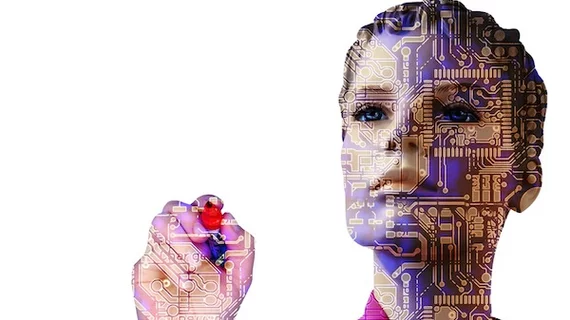AI-driven robot industry to approach $19B market by 2020
Thanks to the rise of AI technologies and more healthcare agencies embracing assistive robots, the personal robotics industry is expected to be an $18.85 billion market opportunity by 2020, according to a report by Frost & Sullivan.
The report analyzed the market potential for robotic applications in home environments and how much cost savings they can achieve. It also looked at how robots will affect major service industries, such as hospitals, hotels and supermarkets.
With AI, robots are becoming more intelligent and can seamlessly move in crowded spaces, including homes and hospitals, according to the report. They’re also now able to make informed decisions, allowing them to better assist elderly patients and children with special needs.
The report also predicted:
- By 2019, 2.5 million industrial robots will be part of the workforce, as well as 42 million service bots for domestic use.
- New technologies in roboticss will include: cloud robotics, 3D vision, virtual foresight and smart materials
"The lack of doctors, caregivers and primary and secondary teachers is making a strong case for the use of personal robots in the healthcare and education sectors," Vijay Narayanan, visionary innovation senior research analyst at Frost & Sullivan, said in a prepared statement.
The report supports a recent trend in healthcare of using AI robots to provide better support to patients. A Dallas hospital is embracing the presence of a socially intelligent robot following a month-long pilot of using the robot to help stock patient rooms, remove dirty linens and take samples to the lab. AI robots are also making a big impact in elderly care.
"To enter the mainstream, robotics will have to plug the gaps in technology. Scientists are still working on improving the speech interaction, navigation capabilities and emotion detection capabilities of the current generation of robots," Narayanan said. "In the future, robots will work in collaboration with human beings in the same environment, with enhanced human-like capabilities to carry out daily activities."
Correction: A previous version of this article listed an incorrect data source of the report. AI in Healthcare apologizes for the error.

